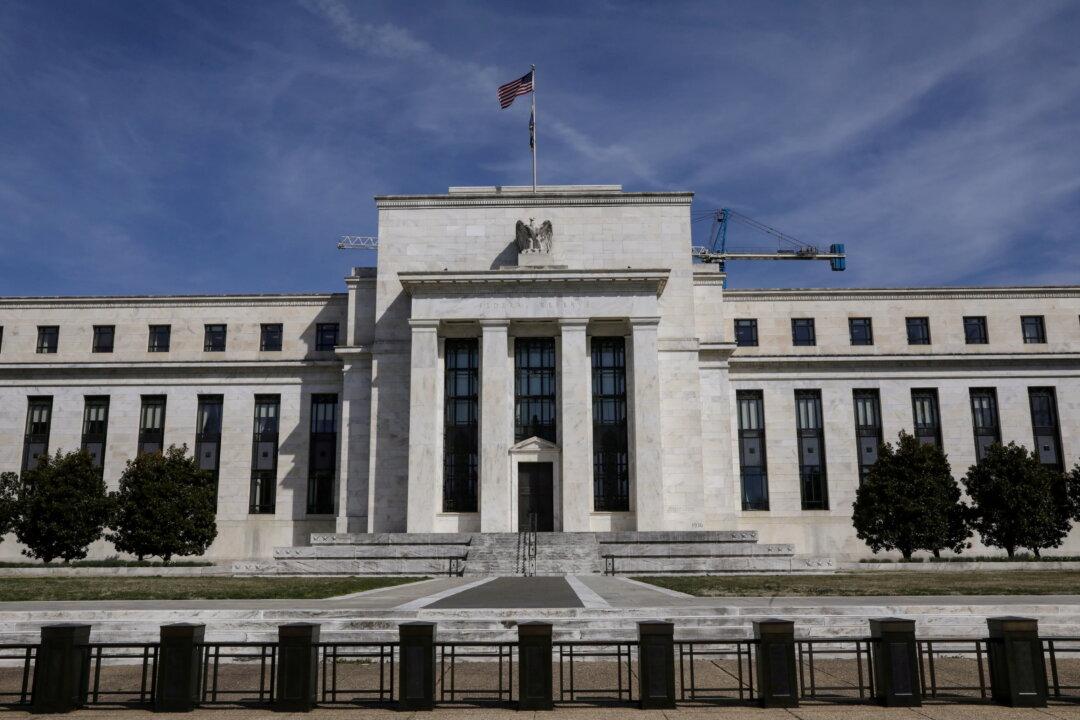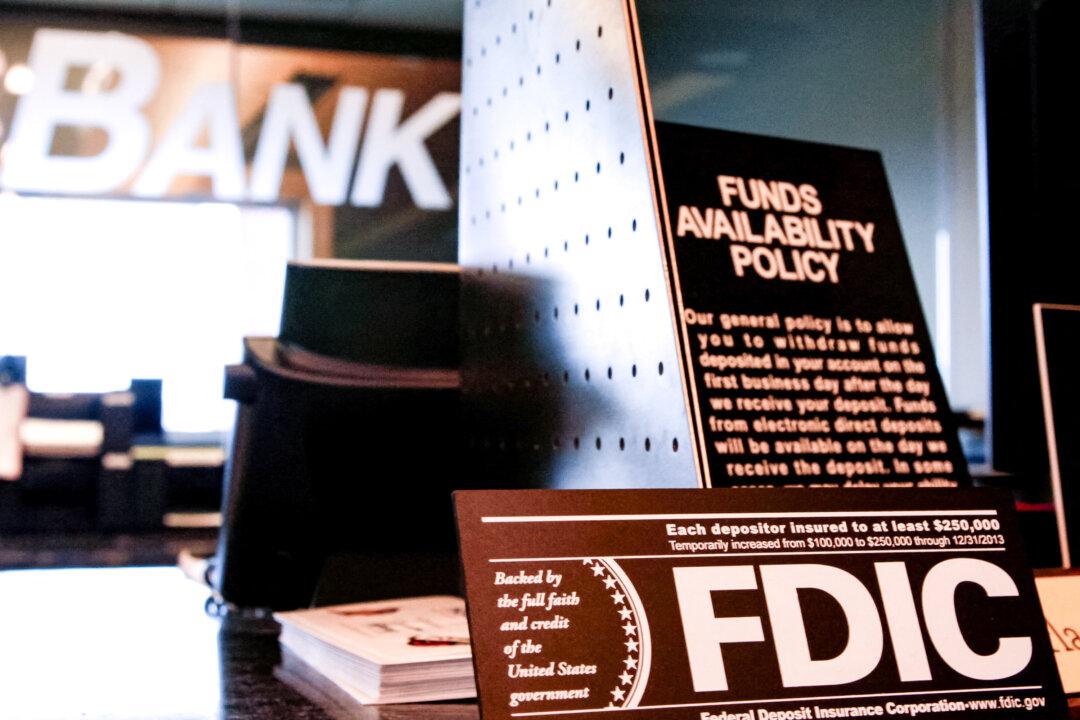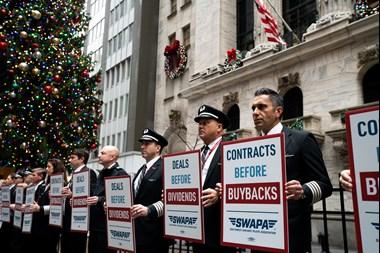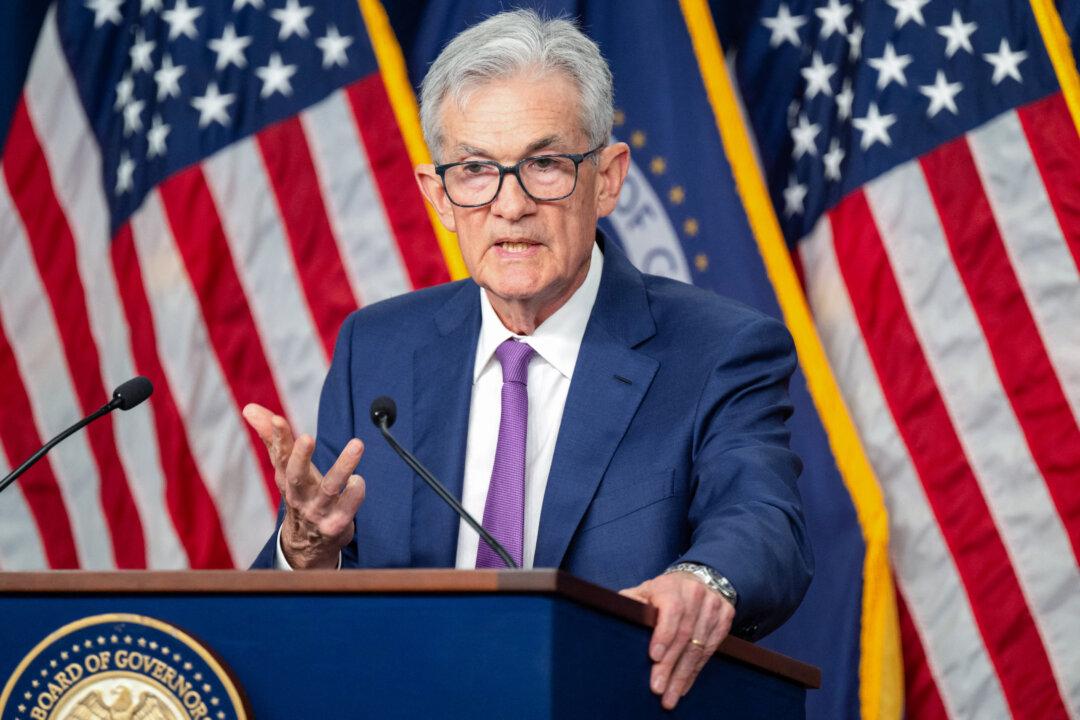Commentary
The December jobs report showed that the economy added 223,000 new jobs, somewhat better than the consensus estimate of 203,000 jobs. This morning’s print is 33,000 fewer jobs than were created in November 2022 and 384,000 fewer jobs than were created in the COVID recovery period of December 2021. Net revisions for October and November resulted in 28,000 fewer jobs in the last three months. (It is generally believed that 200,000–250,000 jobs are required to accommodate population growth.)





